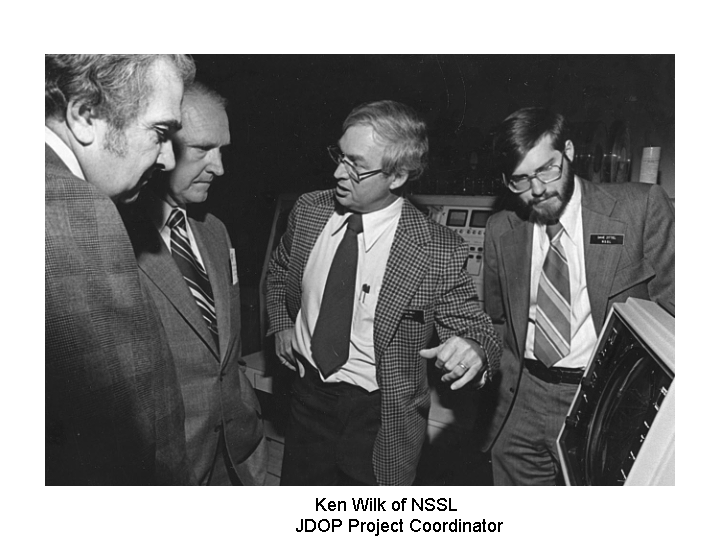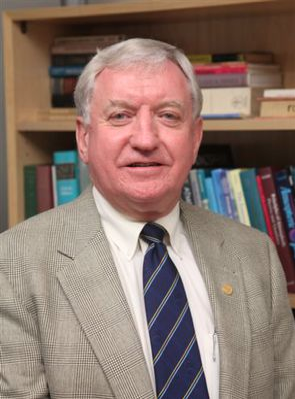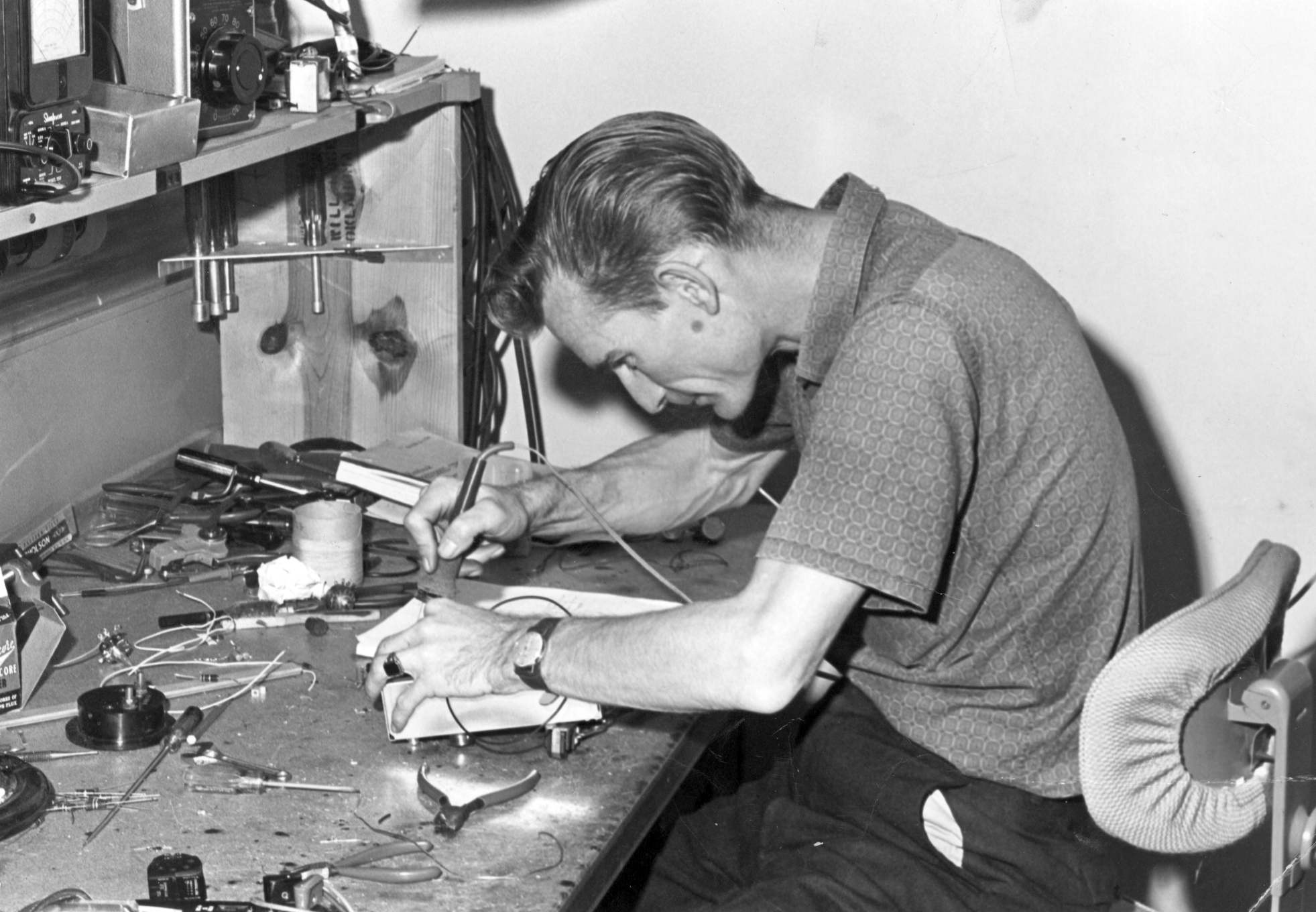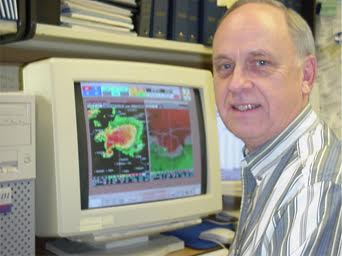An original founder of the National Severe Storms Laboratory and an instrumental leader of early Doppler radar development recently passed away. Kenneth “Ken” Wilk helped establish NOAA’s National Severe Storms Laboratory and its reputation as the leading federal laboratory focused on weather radar.
He received his Bachelor of Science in physics and chemistry from the University of Illinois and a Bachelor of Science in meteorology from Penn State University. He served in the U.S. Air Force as a weather forecaster supporting fighter-bomber squadrons and then worked for the Illinois Water Survey in Champaign, Illinois, on thunderstorm research.
Wilk led the Weather Radar Laboratory in Norman from its inception in 1962, a component of the National Severe Storms Project, prior to the establishment of the NSSL. He was the manager of the NSSL’s Operations Groups in the 1960s, directing numerous projects to improve radar and radar displays. The Operations Group’s mission was to improve storm warnings with the then-operational, non-Doppler radars at the U.S. Weather Bureau Forecast Offices. The Operations Group was a forerunner of today’s Radar Operations Center in Norman, Oklahoma, which oversees NEXRAD Doppler radar maintenance and installations around the world.

In 1977, he was involved with the Joint Doppler Operational Project (JDOP) to prove Doppler radar could improve the nation’s ability to warn for severe thunderstorms and tornadoes. This project and its researchers outlined specifications of a new generation of weather radar for national network use. As a result of the project, the NWS, U.S. Air Force’s Weather Service, and the Federal Aviation Administration decided to include Doppler capability in their future operational radar network, called NEXRAD.
The NSSL determined Doppler weather radar could detect not only thunderstorms but also dangerous gust-fronts, wind shear, and in-storm turbulence. The NEXRAD network was installed nationwide in the early 1990s and is still in use today.
Wilk’s research and management of the Interim Operational Test Facility in Norman was instrumental in ensuring the successful development of NEXRAD Doppler radars and the first operational deployments of the new radars, beginning in 1991.
Wilk was always thinking of new ideas. He excelled at writing proposals, test plans and final reports documenting results of NSSL’s tests to satisfy grant requirements, and collaborated on many technical reports.
Wilk retired in 1988 after many years of Federal service. His keen interest in thunderstorms and methods of their detection was a motivation to others throughout his later years.
Wilk’s family will celebrate his life at a private mountainside ceremony.



